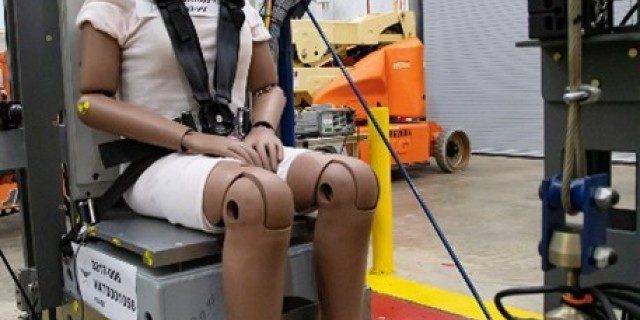In recent decades, the increasing number of women in the U.S. Army has strengthened the service in innumerable ways. The road to where we are today, with almost 6% of Army rotary-wing aviators female and almost 15% of the entire Army female, has been a long one.
In the American Civil War (1861-1865), women were not allowed to officially serve in the military, so they volunteered by cooking for troops, mending and washing clothing, and taking care of the wounded. Around 1918, after the start of World War I, the number of women in the U.S. Army Nurse Corps skyrocketed from around 400 to more than 3,000. According to the United Service Organizations, this was the first time women were allowed to officially serve in a fight involving our nation. Also during World War I, the Navy notably recruited women to serve in noncombat positions after finding a loophole in the Navy Act and established the “Yeomanettes,” who served in clerical roles. The U.S. Army Signal Corps followed suit, recruiting women to serve as telephone switchboard operators.


